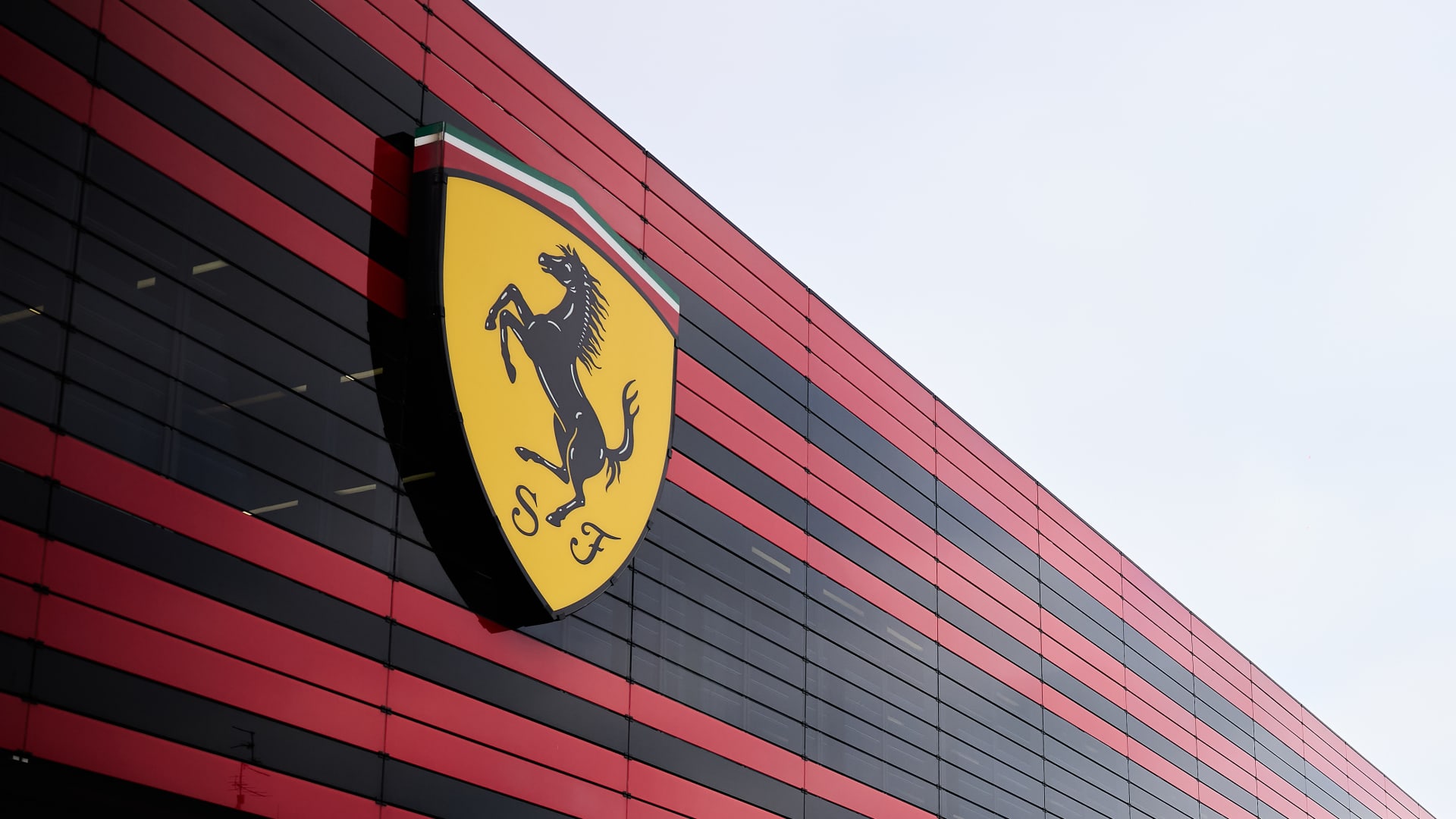Ferrari’s Strategic Navigation of U.S. Auto Tariffs: A Case Study in Luxury Resilience
The automotive industry is no stranger to geopolitical and economic turbulence, but few challenges test a brand’s mettle like sudden tariff impositions. Ferrari, the storied Italian luxury sports car manufacturer, recently faced such a test when the U.S. government introduced auto tariffs targeting European imports. Rather than retreating, Ferrari executed a calculated response that underscores its market strength, brand loyalty, and strategic agility. This report examines Ferrari’s approach, its financial implications, and the broader lessons for the luxury automotive sector.
—
Strong Foundations: First-Quarter Performance
Ferrari entered the tariff debate from a position of strength. The company reported a striking 17% surge in first-quarter profits, driven by robust demand for its high-end, customizable vehicles. This performance was no accident—it reflected Ferrari’s mastery of exclusivity and personalization, key pillars of its brand appeal.
– Customization as a Profit Driver: Unlike mass-market automakers, Ferrari thrives on bespoke orders, where buyers pay premiums for unique finishes, materials, and performance tweaks. This strategy not only boosts margins but also insulates the brand from broader market fluctuations.
– Geographic Diversification: While the U.S. is Ferrari’s largest market (accounting for ~25% of sales), the company’s global footprint—spanning Europe, China, and the Middle East—provides a buffer against regional disruptions.
The strong Q1 results gave Ferrari momentum heading into the tariff storm, but the company wasted no time addressing the looming challenge.
—
The Tariff Challenge: Risks and Mitigation
The U.S. tariffs, part of broader trade tensions, threatened to erode profitability for European automakers. Ferrari’s leadership openly acknowledged the risk: a potential 50-basis-point drag on EBIT and EBITDA margins. Yet, instead of panic, the response was methodical.
1. Selective Price Adjustments
In April, Ferrari announced price hikes of up to 10% on select U.S. models, becoming the first European automaker to react formally to the tariffs. This move was strategic:
– Elastic Demand: Ferrari’s clientele—ultra-high-net-worth individuals—are less price-sensitive. Bernstein analysts noted that buyers of $300,000+ cars are unlikely to balk at a $30,000 increase.
– Brand Equity as a Shield: Few brands command Ferrari’s cachet. The prancing horse emblem justifies premium pricing, allowing the company to pass costs to consumers without significant volume loss.
2. Holding Firm on Long-Term Targets
Despite tariff headwinds, Ferrari reaffirmed its 2025 financial goals, signaling confidence in its adaptive strategies. CEO Benedetto Vigna emphasized “scenario planning,” hinting at contingency measures like cost optimization and supply chain adjustments.
—
Broader Industry Implications
Ferrari’s actions offer a playbook for luxury automakers navigating trade wars:
Notably, analysts estimate that auto tariffs could slash 17% from European and American automakers’ combined profits. Ferrari’s ability to sidestep the worst of this impact highlights the advantages of its niche positioning.
—
Conclusion: Ferrari’s Blueprint for Resilience
Ferrari’s tariff response is a masterclass in corporate adaptability. By combining selective pricing, unwavering long-term vision, and the power of its brand, the company turned a potential crisis into a demonstration of strength. Key takeaways:
– Brand Loyalty Wins: Ferrari’s customers aren’t just buying cars—they’re buying into a legacy. This emotional connection translates to pricing immunity.
– Agility Matters: From scenario planning to rapid price adjustments, Ferrari’s proactive stance contrasts with slower-moving incumbents.
– Luxury as a Shield: In turbulent times, the ultra-luxury segment’s inherent advantages—price inelasticity, global demand, and high margins—prove invaluable.
As trade tensions persist, Ferrari’s story reinforces a timeless truth: for iconic brands, challenges are merely opportunities in disguise. The prancing horse isn’t just surviving the tariff storm—it’s galloping ahead.











